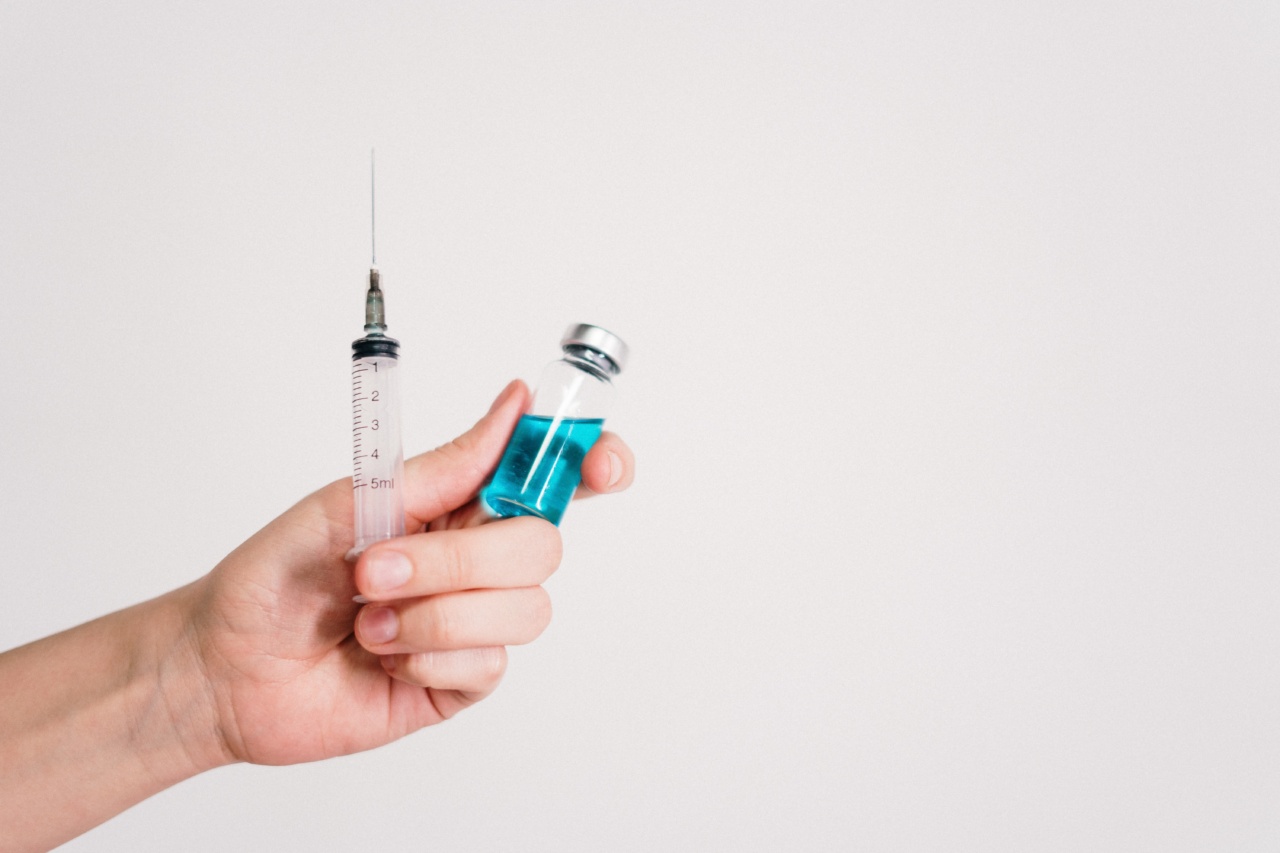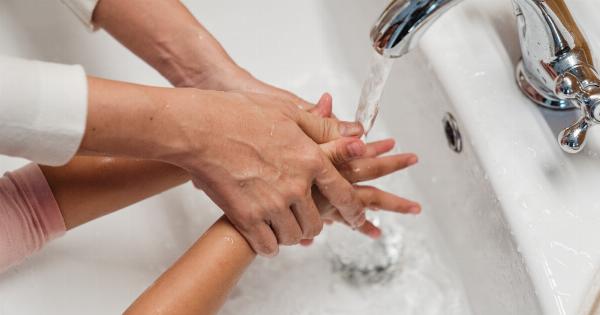Headaches are common among people of all ages, including children. Children’s headaches may be caused by a variety of factors, including genetics, stress, dehydration, poor sleep, or an underlying medical condition.
While headaches are usually harmless, they can disrupt a child’s daily routine and affect their quality of life.
Symptoms of Children’s Headaches
Children’s headaches can manifest in several ways, with different symptoms depending on the type of headache. The most common symptoms of headaches in children include:.
- Pain that varies in intensity and location, including the forehead, temples, and back of the head.
- Nausea and vomiting.
- Sensitivity to light and sound.
- Dizziness or lightheadedness.
- Difficulty concentrating or completing tasks.
It is important to consult with a healthcare professional if your child experiences recurring headaches or if their headaches worsen over time.
Preventing Children’s Headaches
Preventative measures can be taken to reduce the likelihood of children experiencing headaches. Some effective prevention strategies include:.
- Encouraging children to stay hydrated by drinking plenty of water throughout the day.
- Scheduling regular sleep hours to ensure that children are getting enough sleep each night.
- Reducing stress levels in children by allowing them time to relax and participate in stress-relieving activities.
- Ensuring children eat a healthy and well-balanced diet.
- Encouraging children to take regular breaks when engaging in prolonged activities such as reading or using electronic devices.
Preventative measures can help to reduce the severity and frequency of children’s headaches, leading to an improved quality of life.
Treating Children’s Headaches
Various treatments can be employed to alleviate children’s headaches. Depending on the headache’s severity and underlying cause, a healthcare professional may recommend different treatment options.
The most common treatment methods for children’s headaches include:.
- Pain relievers such as acetaminophen or ibuprofen, which are safe and effective when used in moderation.
- Muscle relaxants to relieve tension headaches.
- Antidepressants or beta-blockers to prevent migraines.
- Biofeedback therapy, which uses relaxation techniques to reduce stress and relieve headaches.
- Avoiding triggers such as certain foods, scents, or stressors that can evoke headaches.
It is always best to consult with a healthcare professional before administering any medication or treatment method, especially with children.
When to See a Doctor
It is essential to seek medical attention if your child repeatedly experiences headaches as they can be a symptom of underlying medical conditions such as migraines, sinusitis, or head trauma.
Parents should contact a healthcare professional immediately if their child experiences headaches with the following symptoms:.
- Loss of consciousness or convulsions.
- Increased vomiting or nausea.
- Severe pain that affects daily activities.
- Weakness or numbness in limbs.
- Changes in vision, including a loss of vision or double vision.
These symptoms can indicate serious underlying medical conditions that require prompt medical attention.
Conclusion
Headaches are common among children and can be due to numerous causes. While headaches are usually harmless, their impact on children’s quality of life cannot be overlooked.
Parents can take preventative measures to reduce the likelihood of their child experiencing headaches and seek prompt medical attention if necessary. Treatment options are available to relieve pain and improve daily functioning for children who experience headaches.






























